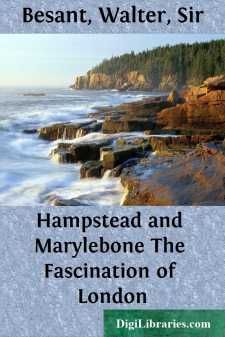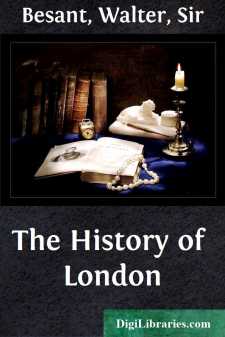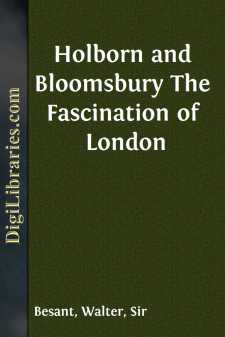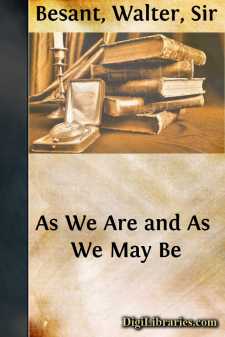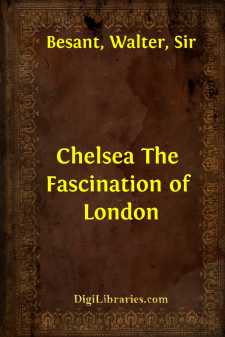Categories
- Antiques & Collectibles 13
- Architecture 36
- Art 48
- Bibles 22
- Biography & Autobiography 813
- Body, Mind & Spirit 142
- Business & Economics 28
- Children's Books 17
- Children's Fiction 14
- Computers 4
- Cooking 94
- Crafts & Hobbies 4
- Drama 346
- Education 46
- Family & Relationships 57
- Fiction 11829
- Games 19
- Gardening 17
- Health & Fitness 34
- History 1377
- House & Home 1
- Humor 147
- Juvenile Fiction 1873
- Juvenile Nonfiction 202
- Language Arts & Disciplines 88
- Law 16
- Literary Collections 686
- Literary Criticism 179
- Mathematics 13
- Medical 41
- Music 40
- Nature 179
- Non-Classifiable 1768
- Performing Arts 7
- Periodicals 1453
- Philosophy 64
- Photography 2
- Poetry 896
- Political Science 203
- Psychology 42
- Reference 154
- Religion 513
- Science 126
- Self-Help 84
- Social Science 81
- Sports & Recreation 34
- Study Aids 3
- Technology & Engineering 59
- Transportation 23
- Travel 463
- True Crime 29
Hampstead and Marylebone The Fascination of London
by: Walter Besant
Categories:
Description:
Excerpt
HAMPSTEAD
The name of this borough is clearly derived from "ham," or "hame," a home; and "steede," a place, and has consequently the same meaning as homestead. Park, in a note in his book on Hampstead, says that the "p" is a modern interpolation, scarcely found before the seventeenth century, and not in general use until the eighteenth.
HISTORY
Lysons says that the Manor of Hampstead was given in 986 A.D. by King Ethelred to the church at Westminster, and that this gift was confirmed by Edward the Confessor; but there is an earlier charter of King Edgar of uncertain date, probably between 963 and 978. It granted the land at Hamstede to one Mangoda, and the limits of the grant are thus stated: "From Sandgate along the road to Foxhanger; from the Hanger west to Watling Street north along the street to the Cucking Pool; from the Cucking Pool east to Sandgate."
Professor Hales, who thinks, whether genuine or not, this charter is certainly of value, interprets Sandgate as North End, Foxhanger as Haverstock Hill, Watling Street as Edgeware Road, and the Cucking Pool he concludes was in the marshy ground at the north-west corner of the parish.
This earlier charter is only interesting because it carries the history one point further back; the gift to the monks by King Ethelred was in its consequences far more important. The Bishop of Westminster, who held the land after the dissolution of the monastery, surrendered it to the King in 1550, by whom it was given to Sir Thomas Wroth. It remained in the Wroth family until 1620, when it was acquired by Sir Baptist Hickes, afterwards Viscount Campden. Hickes' daughter and coheir married Lord Noel, ancestor of the Earls of Gainsborough, and it was held by the Gainsboroughs until 1707. In that year it was bought by Sir William Langhorne, who left it to his nephew. It then went to a Mrs. Margaret Maryon, later to Mrs. Weller, and about 1780 to Sir Thomas Spencer Wilson, in right of his wife. Her son, Sir Thomas Maryon Wilson, succeeded her, and in this line it has remained since 1818.
Besides the Manor of Hampstead there is included in the borough the ancient Manor of Belsize, or Belses. Sir Roger de Brabazon in 1317 gave an estate to Westminster Abbey to found a chantry for himself, Edmund, Earl of Lancaster, and Blanche his wife. After many changes it was occupied by Lord Wotton, who had been created a Baron by Charles II. His half-brother, Philip, Earl of Chesterfield, succeeded him, and the family held the Belsize estate until 1807. The house was afterwards turned into a popular place of amusement.
Hampstead as a whole has grown very rapidly. In a map of the beginning of the nineteenth century there are comparatively few houses; these nestle in the shape of a spear-head and haft about the High Street. At West End and Fortune Green are a few more, a few straggle up the southern end of the Kilburn Road, and Rosslyn House and Belsize House are detached, out in the open country.
Seymour, writing in 1735, gives a quaint description of Hampstead as follows: "This Village ... is much more frequented by good company than can well be expected considering its vicinity to London, but such care has been taken to discourage the meaner sort from making it a place of residence that it is now become, after Scarborough and Bath and Tunbridge, one of the Politest Public Places in England, and to add to the Entertainment of the Company there is, besides the long room in which the Company meet publicly on a Monday evening to play at cards, etc., a new Dancing Room built this year."
Hampstead itself, now a town of 80,000 people, is almost entirely modern; the old village has been gradually destroyed until there is next to nothing left. But the Heath remains, the only wild piece of ground within easy reach of the Londoner. It remains to be seen whether the authorities will continue to observe the difference between a park and a heath....


